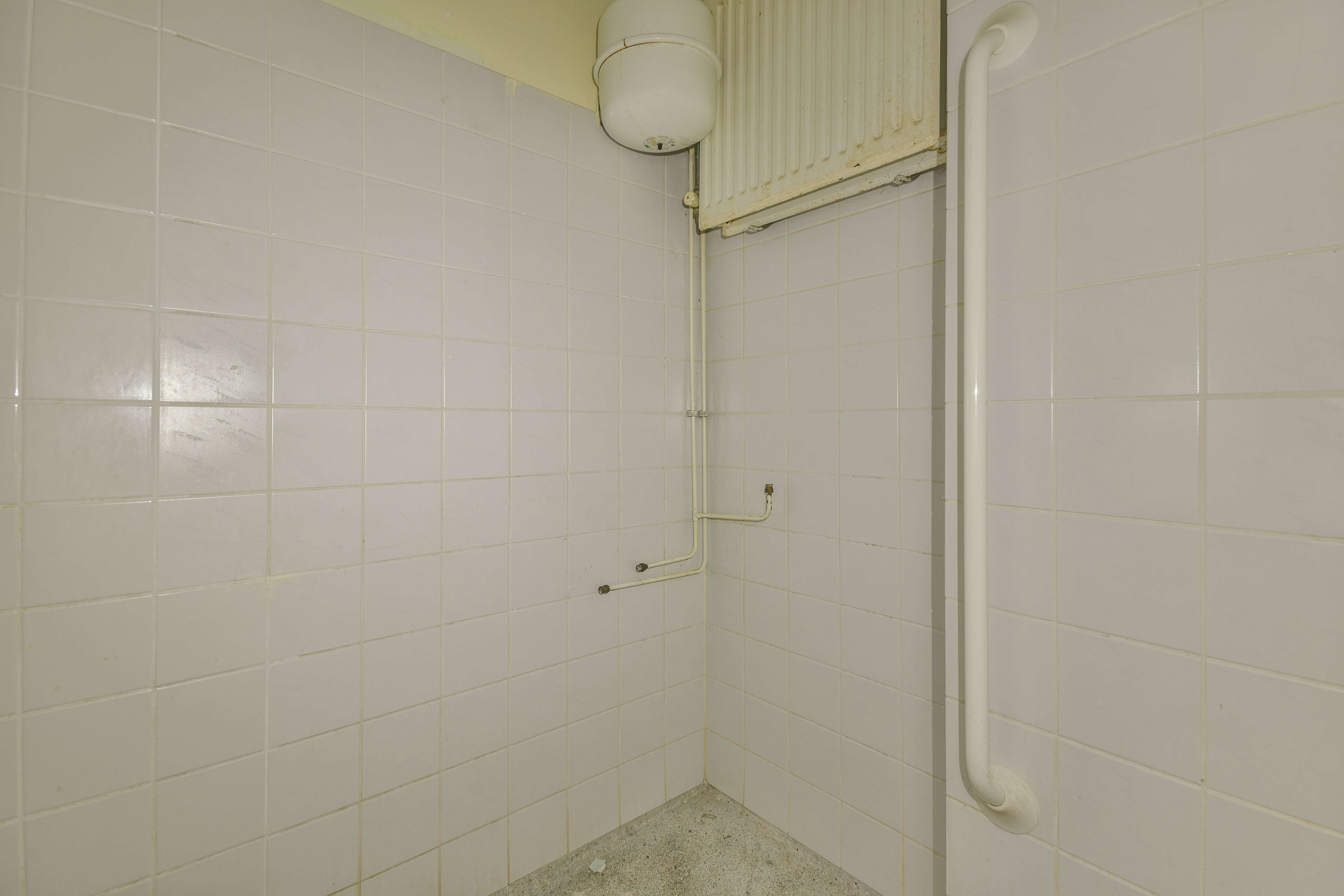
The bathroom is one of the most important spaces in every home. Nowadays, it is no longer just a place for daily personal care routines. It has a much greater significance. It is a place for relaxation and unwinding after a long day of work, so its design and finish are extremely important. It also needs to be functional and comfortable to use, so when choosing furniture or appliances for it, quality should be the main focus. They must primarily be resistant to water or moisture. The bathroom should also have certain aesthetic values to ensure a pleasant and enjoyable experience. Attention should also be paid to protruding pipes that can disrupt the design concept. There are many ways to conceal them, giving the whole space a unique look.
Plasterboard Panels
Heating and sanitary pipes can negatively affect the look of the bathroom. It's worth dedicating an appropriate amount of time to their concealment. Nowadays, plasterboard panels are a highly popular solution. The first step is to determine the expected humidity level. This is especially prevalent in small bathrooms without windows where airflow is significantly hampered. For this purpose, green, impregnated panels with waterproof properties are used. Installing waterproof plywood is also a good solution.
Plasterboard panels allow for the creation of flat and smooth surfaces that can be shaped to fit the look of the bathroom. They are often found in the form of arches or asymmetrical bends that effectively conceal even the most complex sanitary installations. The surface of the panels can be painted with special paint or covered with bathroom tiles.
Concealing Gas Pipes
Concealing gas pipes requires adherence to specific regulations. The gas installation is extremely important, so it needs proper protection. When opting for a concealment made of plasterboard, you must remember to leave ventilation openings to allow immediate access to the pipes in case of problems. Removable plaster mass, which forms a thin layer of acrylic plaster, is also often used for this purpose. This construction should allow for easy dismantling.
Concealing Heating Pipes
In the past, central heating pipes were hidden behind curtains, which did not always serve as a decorative element of the interior. They often caused the room to appear smaller, so this is no longer done nowadays. Very often, pipes are painted with paint in a shade close to the wall color. This cleverly masks these elements and reduces their visibility. A slightly more expensive but the best possible solution is to use plasterboard panels. They allow you to aesthetically conceal even the most damaged pipes, enabling the installation of lighting or small shelves for everyday items in them.
Many people also decide to conceal radiators. It is important to remember that they cannot be completely covered, so it’s worth ensuring appropriate openings to allow airflow. This also facilitates quick access to the installation in case of radiator failure.
Bath Enclosures
When opting for a built-in bath, it's worth using impregnated plasterboard. This green shield protects against water and moisture damage, which could cause significant damage in a bathroom. Any decorative material can then be applied to the surface. The most common are ceramic tiles, which due to their durability and resistance, can last for years. Many people also choose wallpaper or regular paint. This allows you to design your own bath to match the look of the entire bathroom. It's important to ensure easy access to the siphon to clean it at any time. When choosing ceramic tiles, you must leave one masking tile attached with magnets or a revision door to provide quick access to the installation under the bath.
Pipes Around the Window
Pipes located around the window also look very unappealing. Their concealment is straightforward and should pose no significant problems. All it takes is interest in well-covering curtains. For vertical pipes, they should be hung just below the ceiling to ensure they cover them properly. This solution also allows the curtain to serve as a decorative element. Its color and pattern can be matched directly to the bathroom decor.
Concealed Systems
Concealed systems are used during the installation of bathroom fittings. They allow the quick and convenient concealment of a WC frame, which looks very unappealing. They are installed before the tiles are laid, so you should consider this solution early on. They allow for the installation of hanging elements, making them extremely popular nowadays
The first type of frames is for light concealment. They are covered with plasterboard, making them less durable but ensuring stability and safety of use. The second type is for heavy concealment and is embedded in brick walls. They are used for hanging toilet bowls, bidets, and less commonly, sinks. They can be easily plastered and covered with ceramic tiles.
Ceiling Pipes
In smaller bathrooms, the entire ceiling can be built along with all the pipes located on it. This will lead to a slight decrease in room height but will also even out its surface. Using plasterboard panels, you can additionally create unique decorations by shaping the material into interesting textures. In some cases, when the pipes are not too visible, they can be painted. In tall buildings, inconspicuous white paint works great.


















